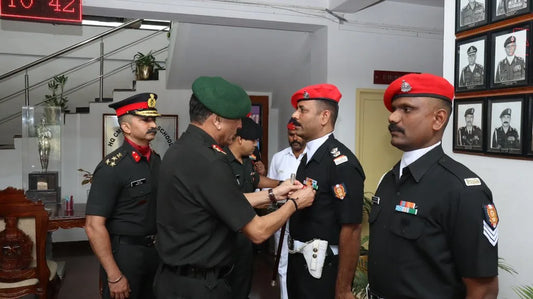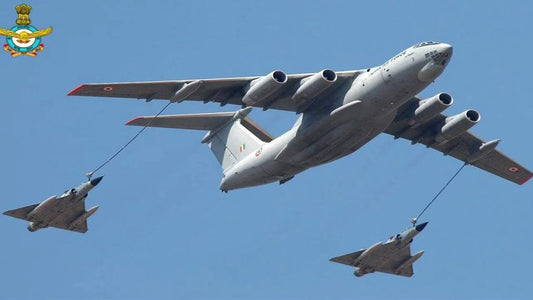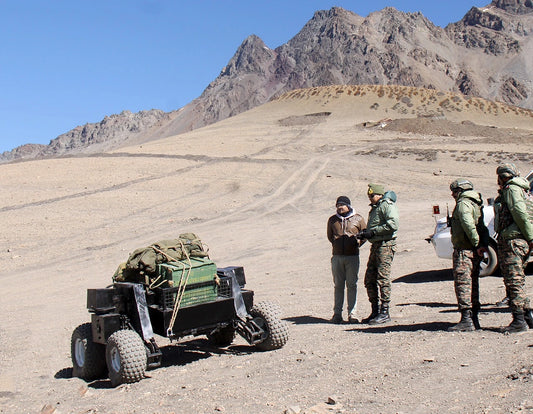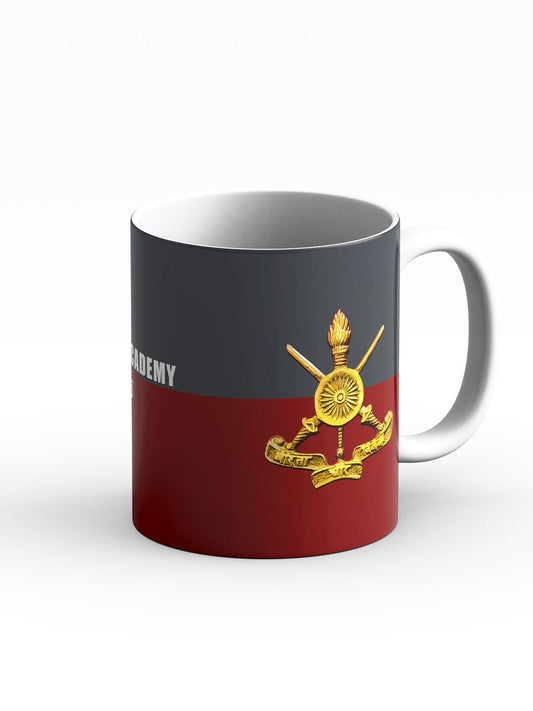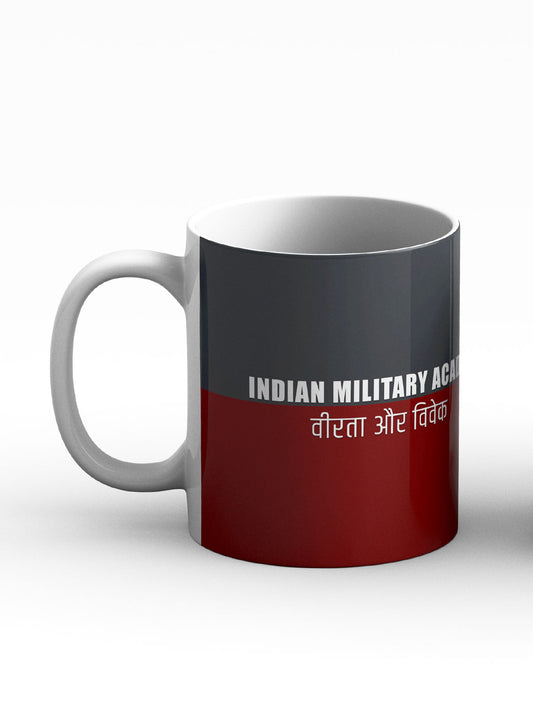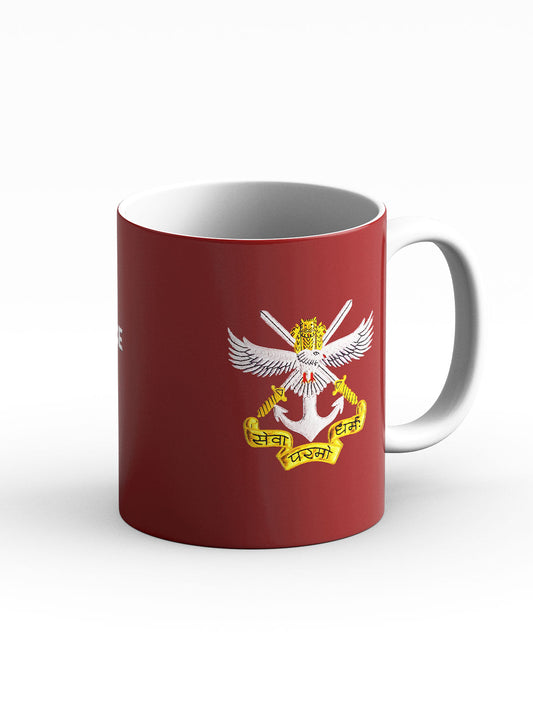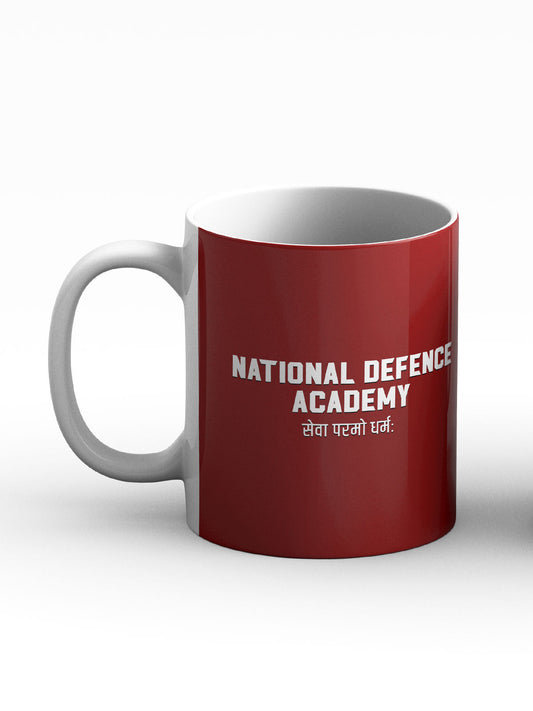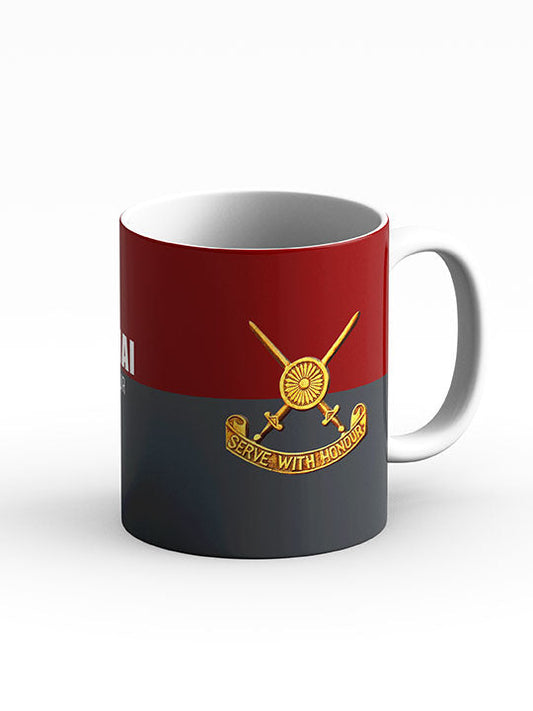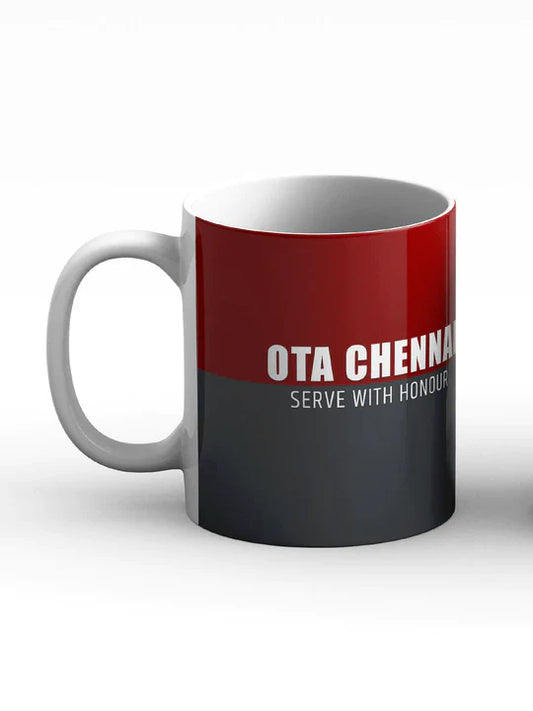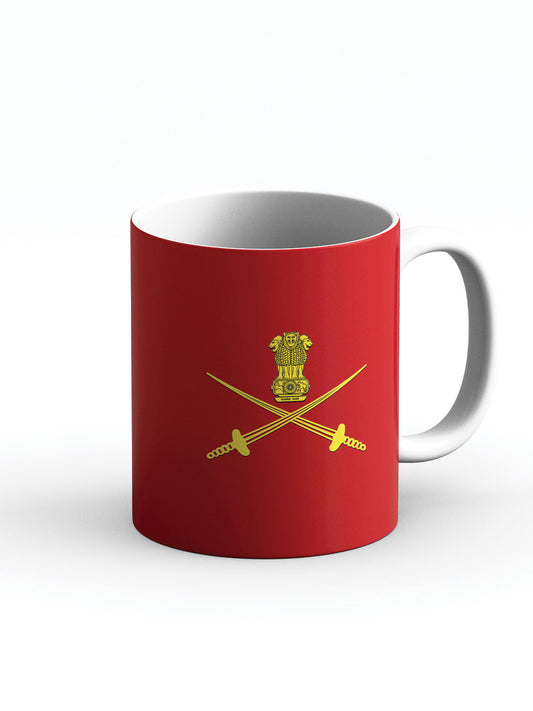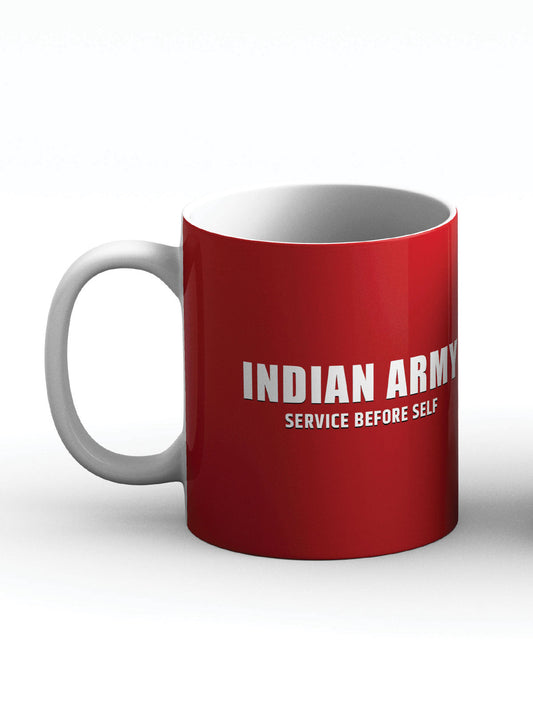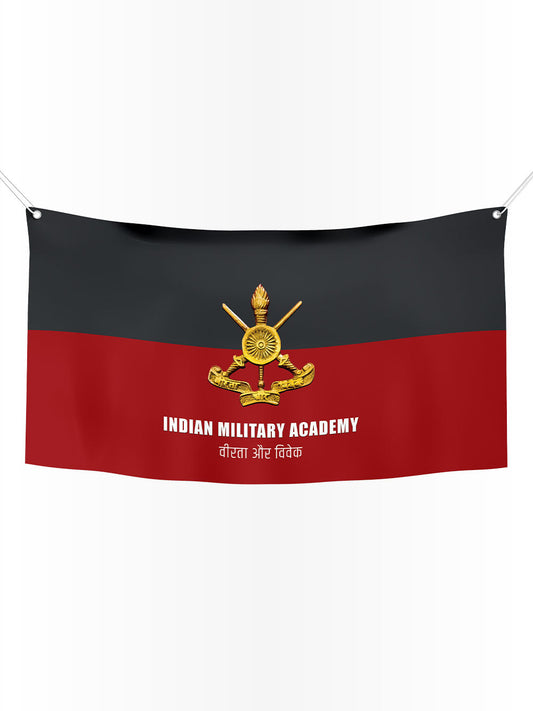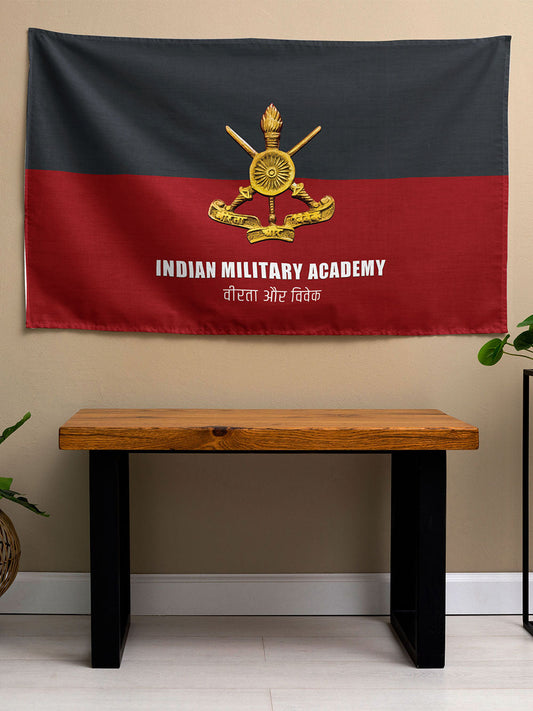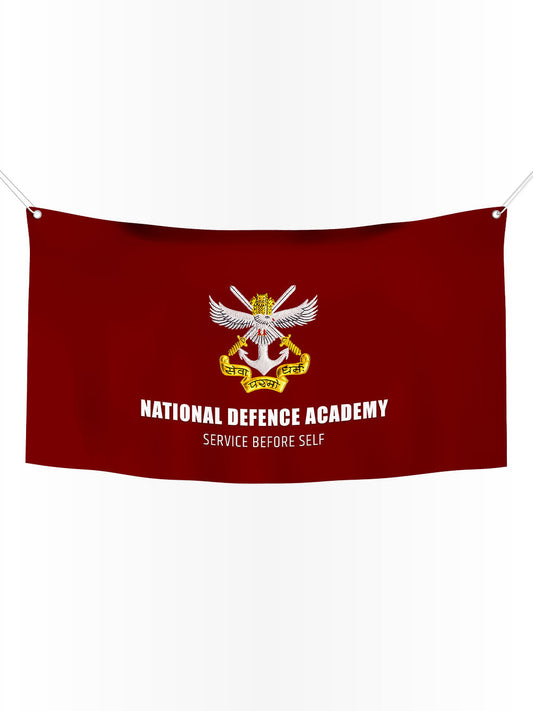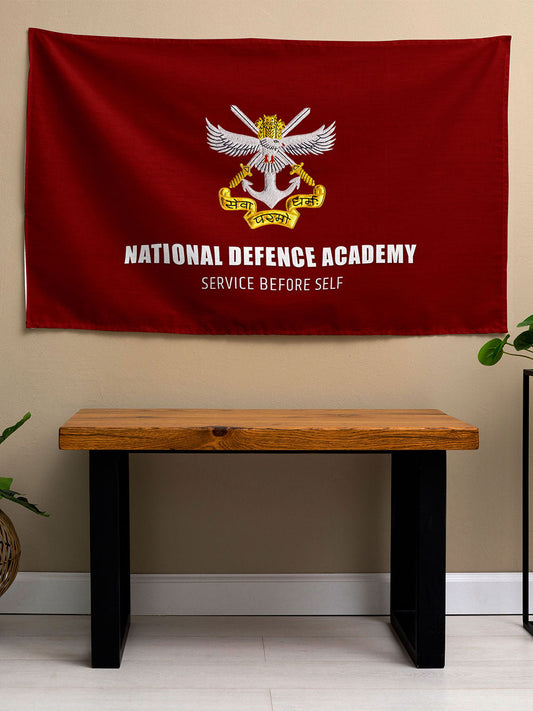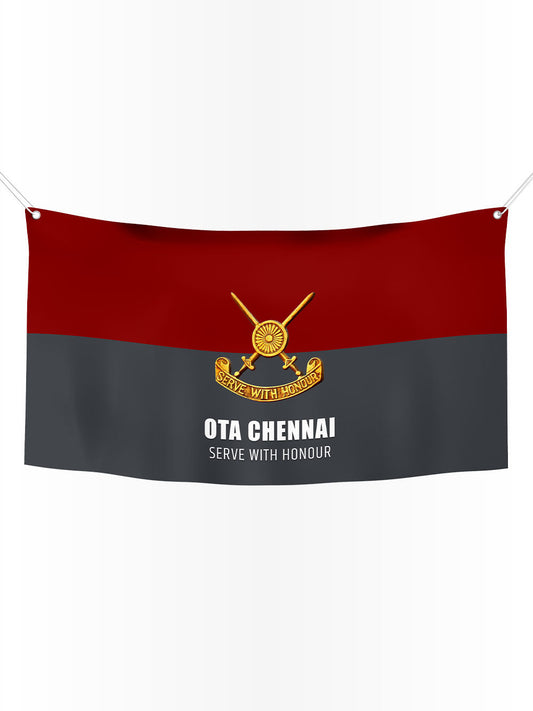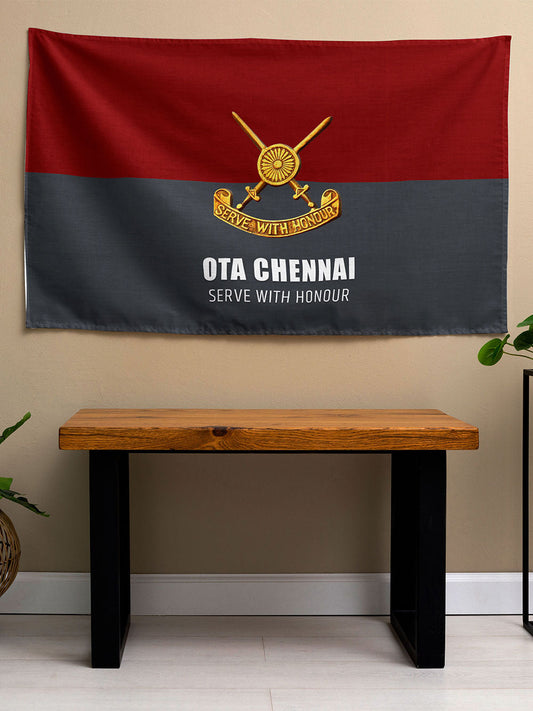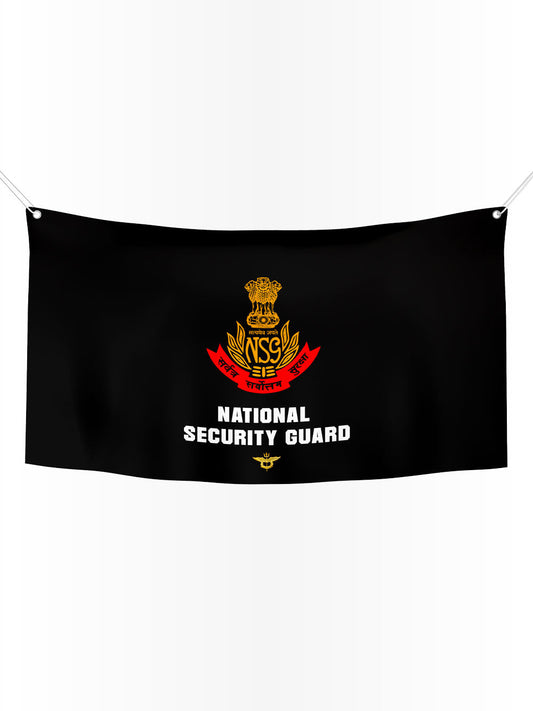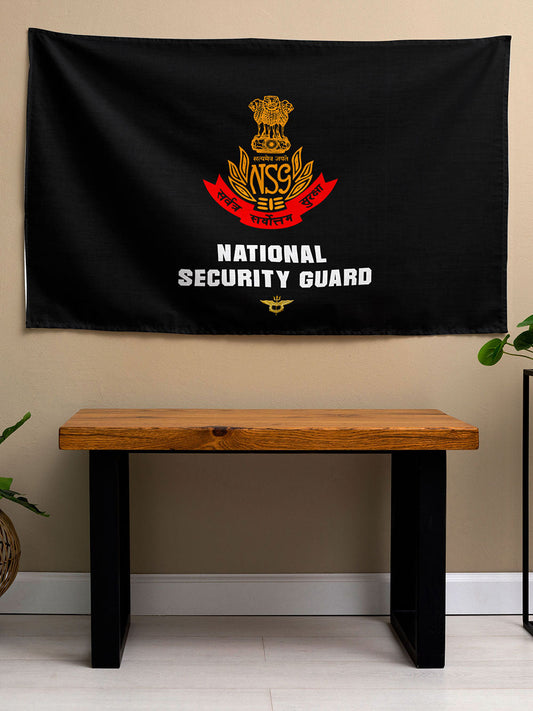Rafale Fighter Jet's Fuel Efficiency: An In-Depth Analysis of Performance on 1 Litre
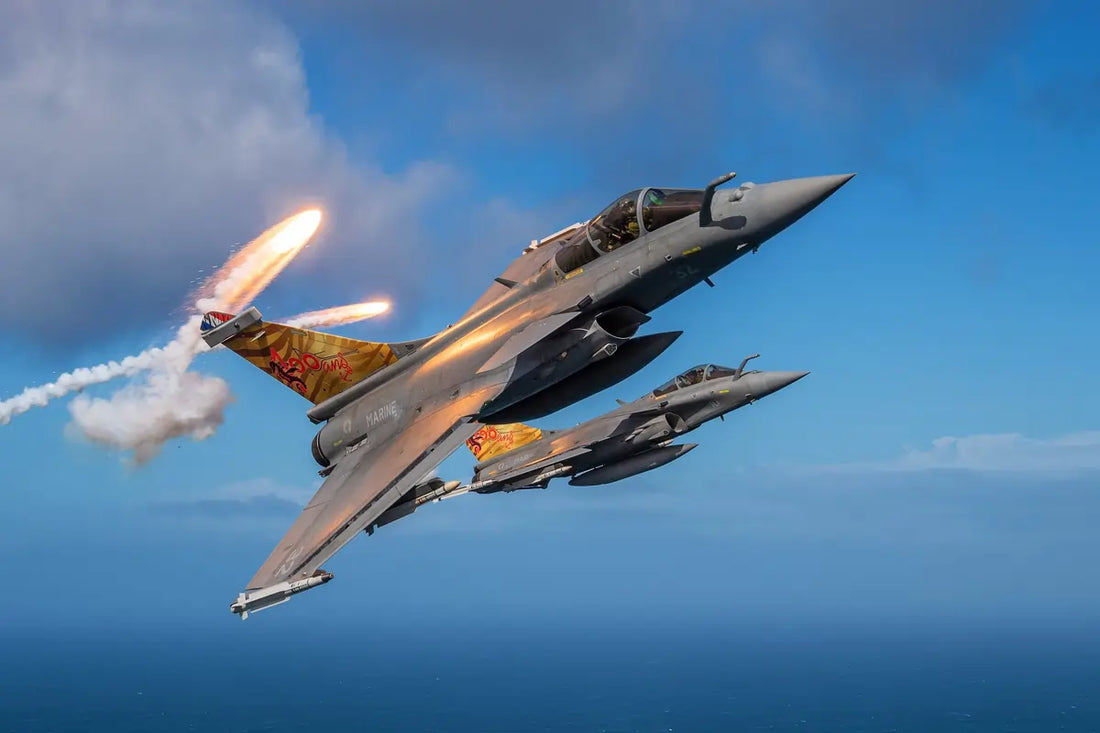
The Dassault Rafale stands as a testament to the pinnacle of modern fighter jet engineering, integrating agility, firepower, and endurance into a compact design. However, determining its "mileage"—a concept more commonly associated with cars in terms of how far it can travel on just one liter of fuel—requires an understanding of its intricate fuel dynamics, mission-specific performance, and the physics of jet propulsion.
Unlike automobiles, where fuel efficiency is typically measured in straightforward kilometers per liter at a constant speed, the fuel consumption of the Rafale varies significantly based on factors such as throttle settings, payload, and altitude. This analysis dives into data from official sources, aviation databases, and engineering assessments to offer a comprehensive perspective, calculating realistic "mileage" metrics while acknowledging the variables that make such estimates inherently approximate.
The Rafale: A Multirole Marvel
First introduced in the 2000s and continuously upgraded, with the latest F4 standard enhancing avionics and weapons integration, the Rafale serves the French Air Force, Navy, and customers like India, Egypt, and Qatar. Its canard-delta wing design facilitates high maneuverability, achieving a top speed of Mach 1.8 (over 2,200 km/h) and a service ceiling of 15,835 meters. Powering the Rafale are two Snecma M88-4E turbofans, each providing 75 kN of thrust with afterburner, enabling supercruise at Mach 1.4 when lightly loaded.
The Rafale's fuel system is designed for flexibility, with the single-seat Rafale C variant capable of carrying 5,750 liters internally and the two-seat Rafale B holding 4,400 kg (approximately 5,500 liters). For extended missions, it can accommodate up to five "wet" pylons for drop tanks, typically three 2,000-liter underwing and centerline tanks for ferry missions or smaller 1,250-liter supersonic tanks for combat. Conformal fuel tanks (CFTs) add an additional 1,150 liters each, increasing the total capacity to 16,550 liters in maximum configurations. This configuration allows the Rafale to carry up to 9,500 kg of external stores without significantly impacting agility.
The aircraft uses Jet A-1 or equivalent military kerosene due to its high energy density and low freezing point, suitable for high-altitude operations. The M88 engines are equipped with advanced materials like single-crystal turbine blades, enhancing combustion efficiency compared to previous models like the Mirage 2000.
Understanding Range and Endurance
The range of fighter jets like the Rafale is categorized by mission type rather than a single figure:
- Ferry Range: The maximum distance for non-combat transit at high subsonic speeds (Mach 0.8-0.9) and optimal altitude (10,000-12,000 meters). Official specifications indicate a range of 3,700 km with three 2,000-liter drop tanks plus internal fuel, totaling about 11,450 liters.
- Combat Range: For offensive missions, including penetration of enemy airspace, the range is 1,850 km using a hi-lo-hi profile with three external tanks, accommodating time for weapons release and evasion.
- Endurance: Refers to time aloft rather than distance. On internal fuel, it is approximately 2-3 hours in cruise mode, extending up to 4-5 hours with external tanks. In loiter mode, endurance increases, albeit with higher fuel burn due to drag.
These range estimates do not account for aerial refueling, which the Rafale supports, effectively allowing unlimited "mileage" for extended operations. High altitudes can also reduce drag and improve efficiency by 20-30%.
Calculating Mileage: How Far on 1 Liter?
To determine the "kilometers per liter" (km/L) metric, we calculate it by dividing verified range by the total fuel consumed. These are average figures, with actual results varying by up to 10-20% based on conditions. Jet fuel efficiency is usually measured in specific fuel consumption (SFC), but here it is converted to distance for clarity.
Baseline Calculations
-
Internal Fuel Only (Subsonic Cruise):
- Range: 1,900-2,000 km (conservative estimate for clean configuration, no weapons).
- Fuel: 5,800 liters (rounded from 5,750 L).
- Efficiency: 1,950 km / 5,800 L = 0.336 km/L (336 meters per liter).
- Hourly Context: At 900 km/h cruise, it burns ~2,500 liters/hour, yielding 0.36 km/L.
-
Ferry Configuration (With External Tanks):
- Range: 3,700 km.
- Fuel: ~11,450 liters (5,750 internal + 5,700 external from three tanks).
- Efficiency: 3,700 km / 11,450 L = 0.323 km/L (323 meters per liter).
- This assumes efficient subsonic flight; adding CFTs could push range to 4,000+ km, improving to ~0.35 km/L.
-
Combat Mission:
- Effective Range: 1,850 km total mission distance.
- Fuel: ~11,450 liters (similar to ferry, but with drag from weapons reducing efficiency by 20-30%).
- Efficiency: 1,850 km / 11,450 L = 0.162 km/L (162 meters per liter), approximately half the ferry figure due to accelerations, maneuvers, and low-level flight.
Engine-Specific Fuel Consumption (SFC)
The M88-4E engine's SFC offers further insights into fuel consumption:
- Dry Thrust (Cruise): 22.14 g/(kN·s) or ~0.80 kg/(daN·h).
- Afterburner: 47.11 g/(kN·s) with total burn at cruise around 2,500 liters/hour (2,000 kg/hour). In afterburner, it can spike to 9,000 liters/hour or more, consuming up to 25,500 liters/hour (425 L/minute) for only 26 minutes on full tanks. Supercruise offers better efficiency than afterburner but still uses 30-50% more fuel than subsonic flight.
| Configuration | Total Fuel (Liters) | Range (km) | Efficiency (m/L) | Hourly Burn (L/h) | Notes |
|---|---|---|---|---|---|
| Internal Only (Cruise) | 5,750 | 1,950 | 339 | 2,500 | Subsonic, high altitude; no payload. |
| Ferry (3 Drop Tanks) | 11,450 | 3,700 | 323 | 2,500-3,000 | Optimal transit; minimal drag. |
| Combat (Weapons + Tanks) | 11,450 | 1,850 | 162 | 3,500-5,000 | Includes maneuvers; 20% efficiency loss. |
| Supercruise (Light Load) | 5,750 | 1,200 (est.) | 209 | 4,000 | Mach 1.4; higher burn but faster ground speed. |
| Afterburner Max | Full load | <100 km | <10 | 9,000+ | Short bursts; endurance ~26 min total. |
These figures have been derived from cross-verified sources, with the 2,500 L/h cruise rate aligning with reports from the French and Indian air forces.
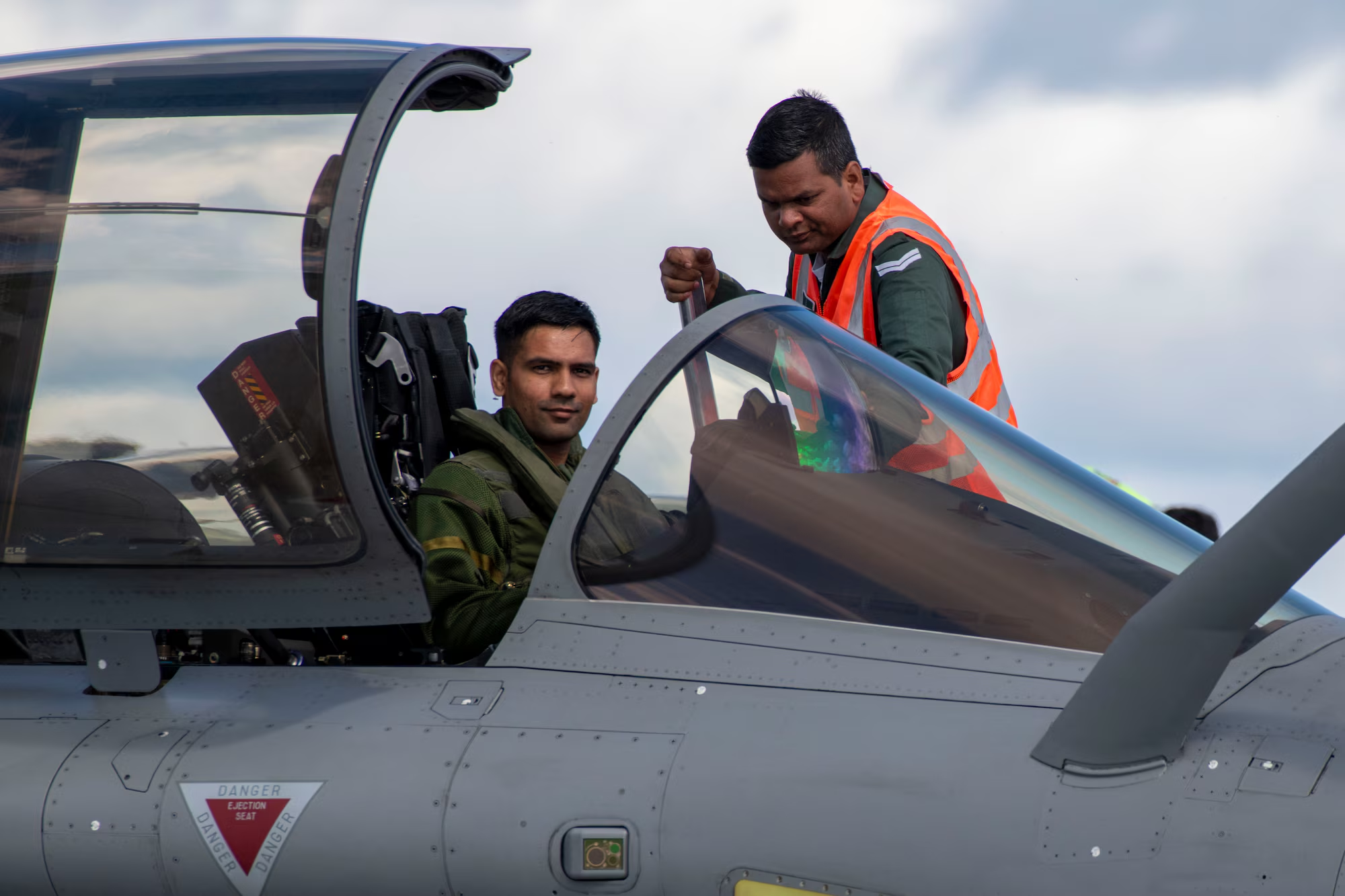
Factors Influencing Fuel Efficiency
Several factors influence the Rafale's fuel efficiency:
- Speed and Thrust: Subsonic cruise is the most efficient (0.3-0.4 km/L); afterburner significantly reduces it. Supercruise balances fuel consumption with speed.
- Altitude and Weather: Operating at 10-15 km altitude minimizes drag by 25%. Weather conditions such as headwinds or turbulence can increase consumption by 10-15%.
- Payload and Drag: Additional weapons or pods increase drag, reducing range by 20-40%. A heavy air-to-ground load limits unrefueled range to between 1,000 and 1,400 km.
- Mission Profile: Low-altitude operations consume more fuel due to denser air; aerial refueling alleviates this issue, evident in operations like India's "Operation Sindoor."
- Upgrades: The M88-4E variant offers a 5-10% improvement in SFC over earlier models due to enhanced combustors and materials.
- Maintenance and Age: Older airframes may experience a 5-10% increase in fuel consumption due to engine wear.
In actual operations, efficiency can be optimized through tactics like "buddy refueling" (one Rafale refuels another) or formation flying to reduce drag.
Comparisons with Peer Fighters
The Rafale's efficiency is competitive within its category of fighter jets:
- F-16 Fighting Falcon: Achieves around 0.25-0.3 km/L in ferry mode, with a range of 3,200 km on 13,000 liters, but offers less versatility.
- Eurofighter Typhoon: Similar efficiency at 0.3 km/L, with a range of 3,790 km on over 12,000 liters, though it has a higher afterburner burn rate.
- F-35 Lightning II: Offers stealth but is less fuel efficient at 0.2-0.25 km/L due to its sensor loads, while the Rafale excels in multirole endurance.
- Su-30 MKI (Indian Peer): Lower efficiency at around 0.2 km/L due to a heavier frame and higher drag. The Rafale ranks among the top six most fuel-efficient modern fighters, owing to its lightweight design (empty weight approximately 10 tons) and modular engines.
Historically, early prototypes aimed for 0.4 km/L in cruise, but combat requirements reduced this. Export variants for hot climates, such as those for the UAE, include enhanced cooling, slightly affecting efficiency.
Challenges and Future Outlook
Fuel remains a limiting factor for fighter jets. Although the Rafale's maximum fuel capacity of 11 tons is notable for its 15.3-meter length, operations often depend on tankers for extended missions. Efforts to enhance sustainability include testing biofuels in M88 engines and exploring electric-hybrid concepts, which could potentially improve efficiency by 20% by 2030. Geopolitical tensions, such as those between India and Pakistan, highlight the importance of fuel in operational endurance, with a Rafale potentially consuming 2,500 liters just in preparation for a sortie.
In conclusion, the Rafale can realistically travel 320-350 meters on one liter of fuel in efficient modes. This figure, while simplified, underscores the jet's engineering prowess, allowing it to strike targets 1,000 km away and return, with fuel efficiency surpassing many of its rivals.
